Table of Contents
- Benefits of Solar Energy for Your Home
- Understanding Different Types of Solar Panels
- How to Choose the Right Solar System for Your Household
- Installing Solar Energy: A Step-by-Step Guide
- Maximizing Savings with Solar Energy Incentives and Rebates
- Q&A
- Wrapping Up
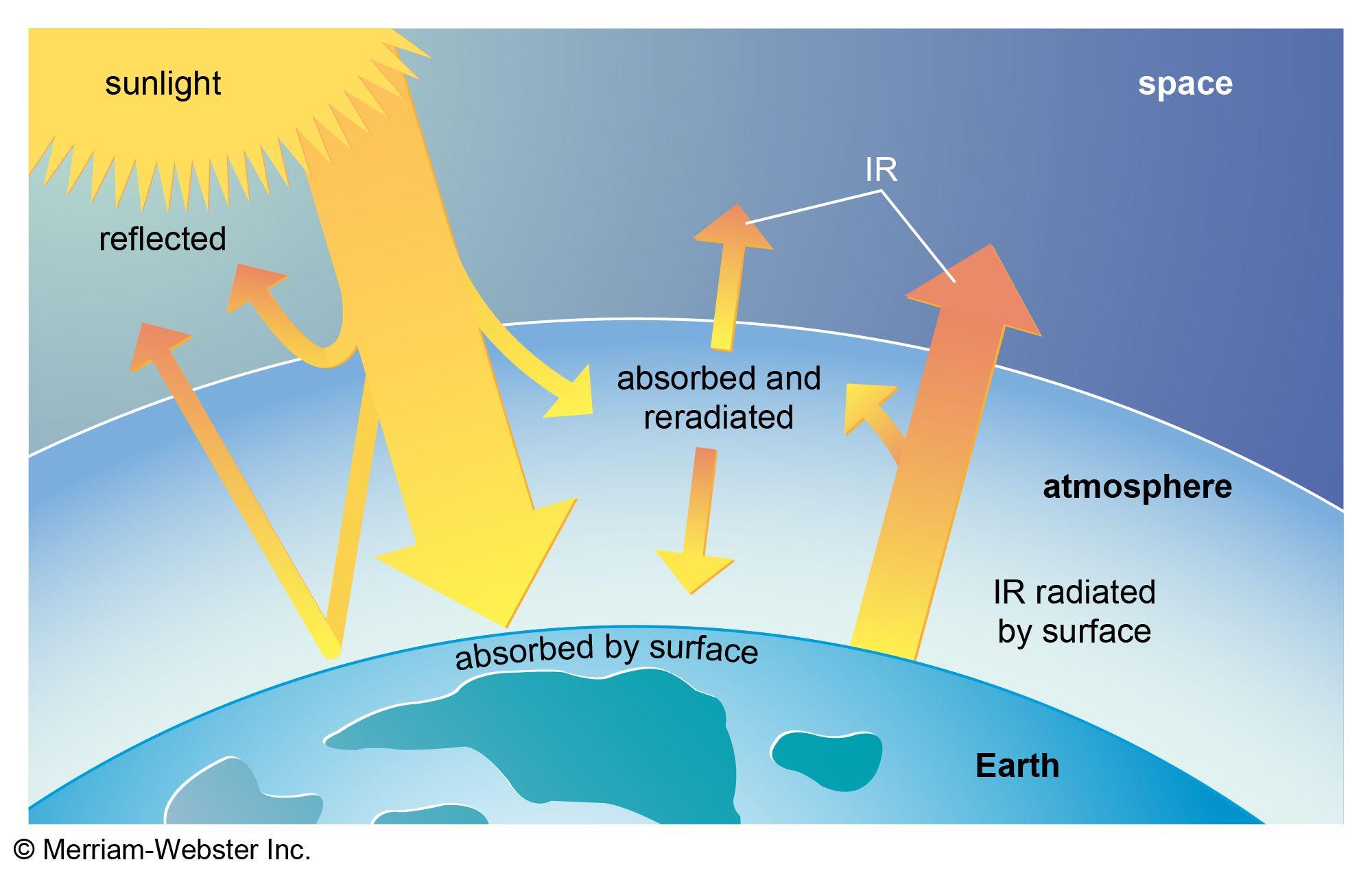

Benefits of Solar Energy for Your Home
Adopting solar energy for your household can lead to significant financial savings over time. By harnessing the power of the sun, homeowners can dramatically reduce their electricity bills, especially in regions with abundant sunlight. Moreover, many governments offer incentives, such as tax credits and rebates, to encourage solar adoption, thereby lowering initial installation costs. In the long run, reduced reliance on traditional energy sources not only saves money but also enhances the value of your property.
Beyond financial gains, switching to solar energy contributes positively to the environment. Solar power generation produces no greenhouse gas emissions, making it a cleaner alternative compared to fossil fuels. By reducing your carbon footprint, you are participating in the global effort to combat climate change. Additionally, utilizing renewable energy helps lower air pollution levels, leading to a healthier community and a more sustainable environment for future generations.
Furthermore, solar energy systems can enhance your energy independence. With traditional power sources affected by fluctuating prices and supply issues, solar panels provide a reliable and consistent energy supply. Homeowners can retain control over their energy usage, reducing vulnerability to utility rate increases. Many systems are also equipped with battery storage, allowing you to store excess energy for use during power outages or at night, ensuring uninterrupted power supply when you need it the most.
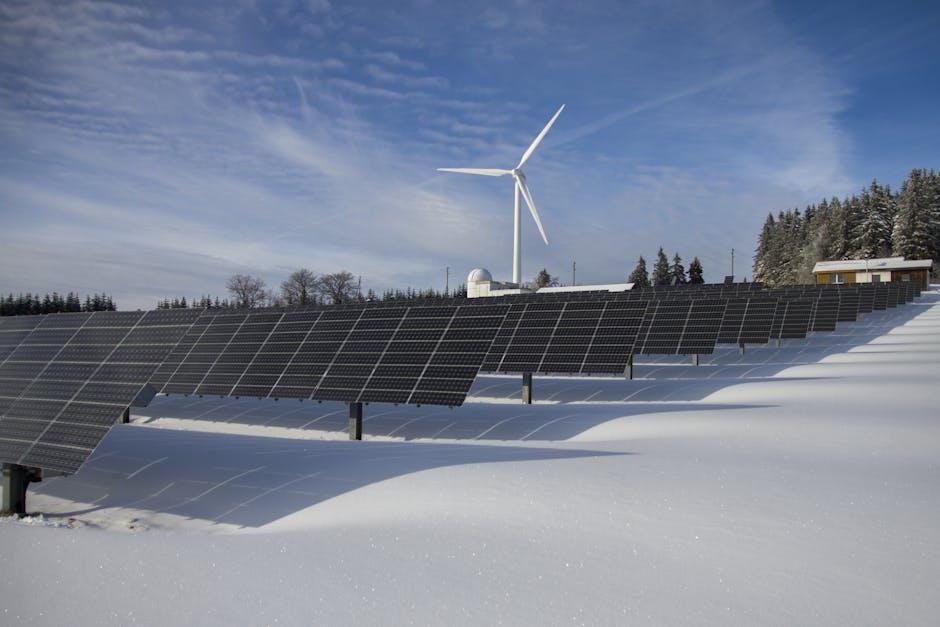

Understanding Different Types of Solar Panels
When it comes to harnessing solar energy for your household, understanding the various types of solar panels available is crucial. Each panel type has its own unique features, efficiency ratings, and suitable applications. The main types of solar panels used in residential setups include:
- Monocrystalline Solar Panels: These panels are made from a single crystal structure, which provides high efficiency and longevity. They are typically more space-efficient and perform better in low-light conditions, making them an excellent choice for small rooftops or shaded areas.
- Polycrystalline Solar Panels: Constructed from multiple crystal fragments, these panels are generally less expensive to produce. While they are less efficient than monocrystalline panels, they offer a balanced performance, making them a popular option for larger rooftops where space is not a constraint.
- Thin-Film Solar Panels: Comprising a range of materials such as cadmium telluride and amorphous silicon, thin-film panels are lightweight and flexible. They can be integrated into various surfaces and perform better in high temperatures, though they typically have lower efficiency compared to the other types.
Choosing the right type of panel depends on several factors, including available space, budget, and energy needs. For those with limited installation space, investing in monocrystalline panels could maximize energy output despite the initial cost. Conversely, homeowners looking for more budget-friendly options might find polycrystalline or thin-film panels to be sufficient, especially if they have ample roof area to work with.
When evaluating the performance of each panel type, it’s essential to consider their *efficiency rates* and how they convert sunlight into usable electricity. Below is a quick comparison of average efficiency ratings:
| Type of Panel | Average Efficiency | Cost Range |
|---|---|---|
| Monocrystalline | 15-20% | $1 - $3 per watt |
| Polycrystalline | 13-16% | $0.80 – $2.50 per watt |
| Thin-Film | 10-12% | $0.50 – $2 per watt |
This information will help you make an informed decision tailored to your household’s specific energy objectives and budget considerations.
How to Choose the Right Solar System for Your Household
Choosing the ideal solar system for your home involves several key factors that align with your energy needs and financial goals. Start by assessing your household’s energy consumption. Review your electricity bills from the past year to determine your average usage in kilowatt-hours (kWh). This baseline will serve as a launching point for selecting a system that can meet or exceed your energy requirements, ensuring efficiency and sustainability.
Next, consider the type of solar panel technology available. The most common options include monocrystalline, polycrystalline, and thin-film solar panels. Each type has its unique advantages:
- Monocrystalline: High efficiency and space-efficient, these panels perform well in low-light conditions.
- Polycrystalline: Generally more affordable, but with slightly lower efficiency compared to monocrystalline options.
- Thin-film: Lightweight and flexible, ideal for unconventional spaces, though typically less efficient.
Lastly, location plays a significant role in determining the size and type of solar system you’ll need. Evaluating factors like roof orientation, shade from trees or structures, and local climate will help in making an informed decision. If you are uncertain, consulting a solar energy expert can provide valuable insights tailored to your specific situation. Additionally, explore financing options and government incentives available in your area, as they can significantly reduce installation costs while making solar energy a more viable option.
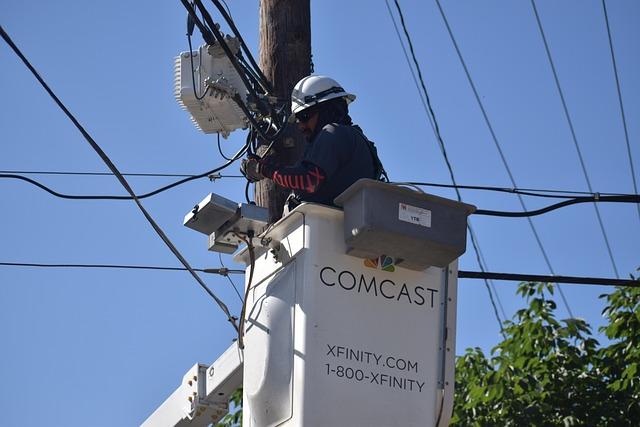

Installing Solar Energy: A Step-by-Step Guide
Embarking on the journey of solar energy installation requires careful planning and methodology. The first step is to evaluate your home’s energy consumption. Understand how much electricity you use by monitoring your monthly utility bills and utilizing online calculators. This insight will guide you in determining the number of solar panels needed for your system. Additionally, consider factors like your home’s roof orientation, age, and shading from trees or other structures, as these elements can impact solar panel efficiency.
Once you have a clear understanding of your energy needs, it’s time to choose the appropriate solar panel system. Types of systems can vary, and include grid-tied, off-grid, or hybrid options. When selecting solar panels, pay attention to factors such as efficiency ratings, warranties, and certifications. A side-by-side comparison can be beneficial:
| Solar Panel Type | Efficiency | Typical Cost |
|---|---|---|
| Monocrystalline | 15% – 22% | $1.00 – $1.50/W |
| Polycrystalline | 13% – 16% | $0.70 – $1.00/W |
| Thin-Film | 10% – 12% | $0.50 – $0.80/W |
After selecting your system, the next step is installation. Preparation involves:
- Obtaining necessary permits and checking local regulations.
- Hiring a certified and experienced solar installer.
- Scheduling a site assessment for precise panel placement.
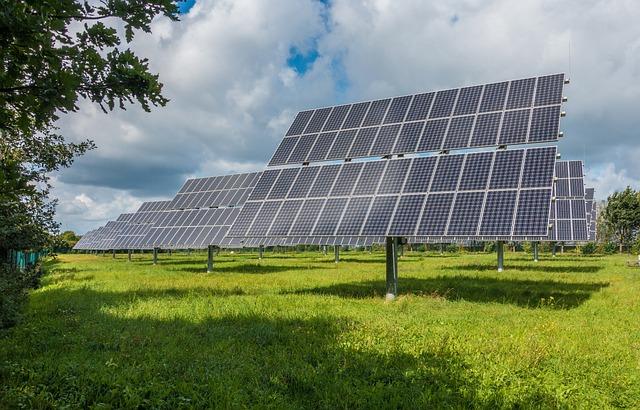

Maximizing Savings with Solar Energy Incentives and Rebates
Transitioning to solar energy is not just a step towards sustainability but also a smart financial move for households looking to reduce their energy bills. Many states and federal governments offer generous incentives and rebates to encourage the adoption of solar technology. These incentives can significantly lower the initial costs associated with installing solar panels, making them an appealing option for many homeowners. Understanding the different programs available can help you maximize your savings effectively.
Here are key incentives to explore:
- Federal Tax Credit: Currently, homeowners can claim a significant percentage of the installation costs on their federal income tax. This credit can greatly reduce overall expenses.
- State and Local Rebates: Many states provide rebates based on the wattage of the solar panels installed. Check your local government’s website to see if any programs are available in your area.
- Net Metering: This system allows you to sell excess energy back to the grid, offsetting your costs and possibly generating additional income.
Understanding the specifics of these incentives can help you make informed decisions. A simple table summarizing the potential savings from various programs can clarify what you’re eligible for:
| Incentive Type | Potential Savings | Eligibility |
|---|---|---|
| Federal Tax Credit | Up to 26% of installation costs | All homeowners installing solar energy systems |
| State Rebates | Varies by state (typically $1,000-$5,000) | Dependent on state laws |
| Net Metering | Varies by energy consumption | Available in states with net metering policies |
By tapping into these financial benefits, you can significantly lower your solar installation costs and enhance your return on investment. Don’t forget to do thorough research to find out what combination of incentives applies to your specific situation, as this will maximize your savings in the long run.
Q&A
Q&A: Solar Energy for Households
Q1: What is solar energy and how does it work for household use? A: Solar energy is harnessed from the sun’s rays and converted into electricity or heat. For households, solar panels installed on rooftops capture sunlight and transform it into usable energy through photovoltaic cells. This clean energy can power your home appliances, heating systems, and even charge electric vehicles.Q2: Are solar panels worth the investment for my home? A: Absolutely! While the initial cost may seem substantial, many homeowners see a quick return on investment through reduced electricity bills. With incentives like tax credits and rebates, plus the increase in property value, solar panels are often considered a smart long-term investment.
Q3: How much do solar panels cost for an average household? A: The cost of solar panels varies widely depending on factors such as your location, the size of your system, and the type of panels you choose. On average, homeowners might spend anywhere from $15,000 to $30,000 before incentives. However, with the right financing options and savings, many find it an affordable solution.
Q4: What happens when the sun isn’t shining? A: One of the fantastic features of solar energy systems is that they can make use of battery storage systems. This means that energy generated during sunny days can be stored and used at night or on cloudy days, ensuring a consistent power supply. Additionally, many systems can still draw energy from the grid when necessary.
Q5: Is solar energy suitable for all types of homes? A: Most homes can benefit from solar energy, but several factors can influence the effectiveness of a solar panel system. These include roof orientation, shading from trees or buildings, and the local climate. A professional solar assessment can help determine the best setup for your specific situation.
Q6: Do solar panels require a lot of maintenance? A: Solar panels are surprisingly low maintenance. Regular cleaning and the occasional inspection—usually every six months to a year—are sufficient to keep them performing optimally. Most manufacturers also offer warranties that last 25 years or more, providing peace of mind regarding their longevity.
Q7: Can I install solar panels myself? A: While DIY installation is tempting, it’s advisable to hire professional installers. They have the expertise to ensure that the system is properly set up for maximum efficiency and safety. Plus, professional installations often come with warranties covering both the panels and workmanship.
Q8: What environmental benefits do solar panels offer? A: Solar energy significantly reduces your carbon footprint by relying on a renewable energy source. By using solar, you’re contributing to a decrease in fossil fuel consumption and greenhouse gas emissions, ultimately helping fight climate change and promoting a cleaner environment for future generations.
Q9: Are there any available incentives or tax breaks for installing solar panels? A: Yes! Many governments offer various incentives such as federal tax credits, local rebates, and sometimes even grants for renewable energy installations. These can significantly reduce the upfront costs and encourage more homeowners to switch to solar energy.
Q10: How can I find the right solar energy provider for my household? A: Start with local research to find reputable solar providers in your area. Look for customer reviews, ask for referrals, and consider getting multiple quotes. A good provider will offer a thorough consultation to help you understand your options and meet your energy needs effectively.


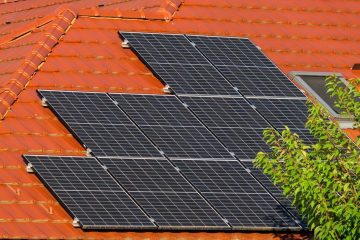

0 Comments